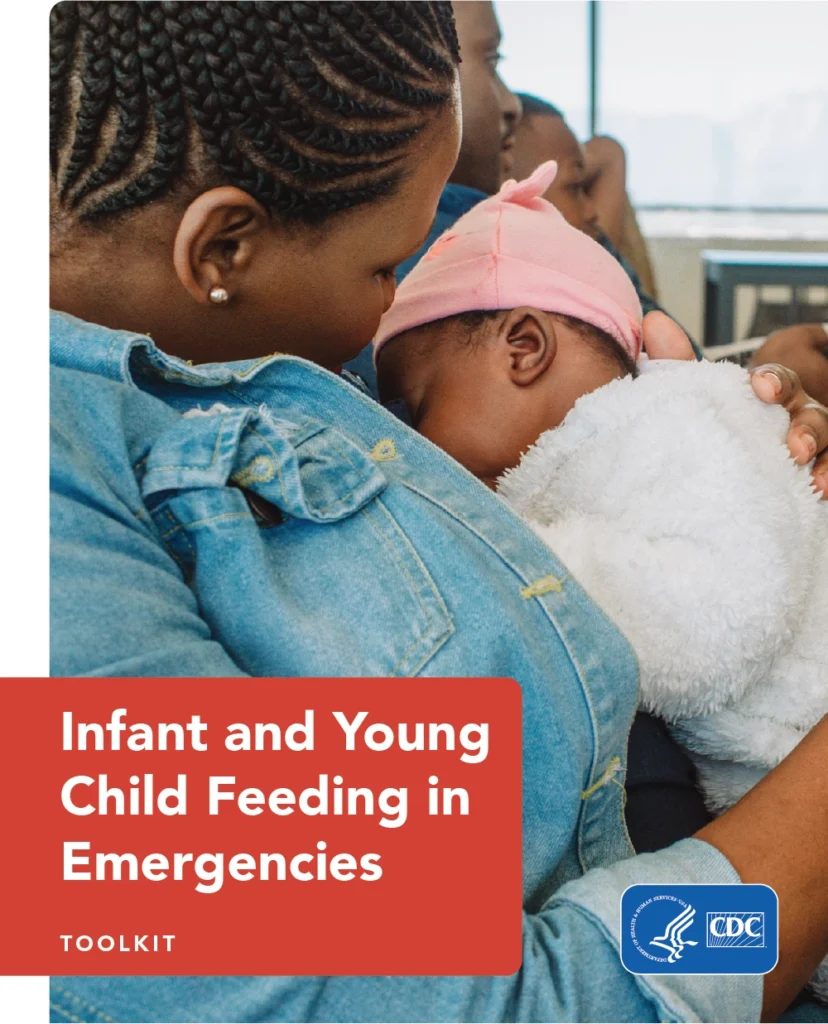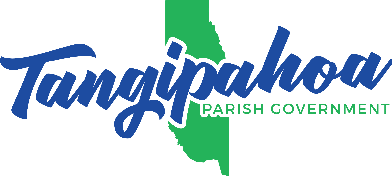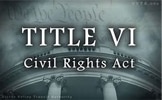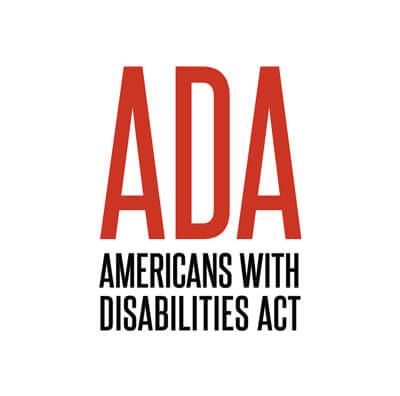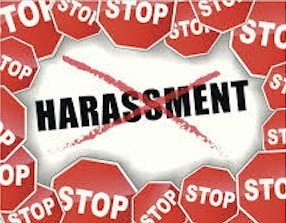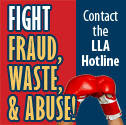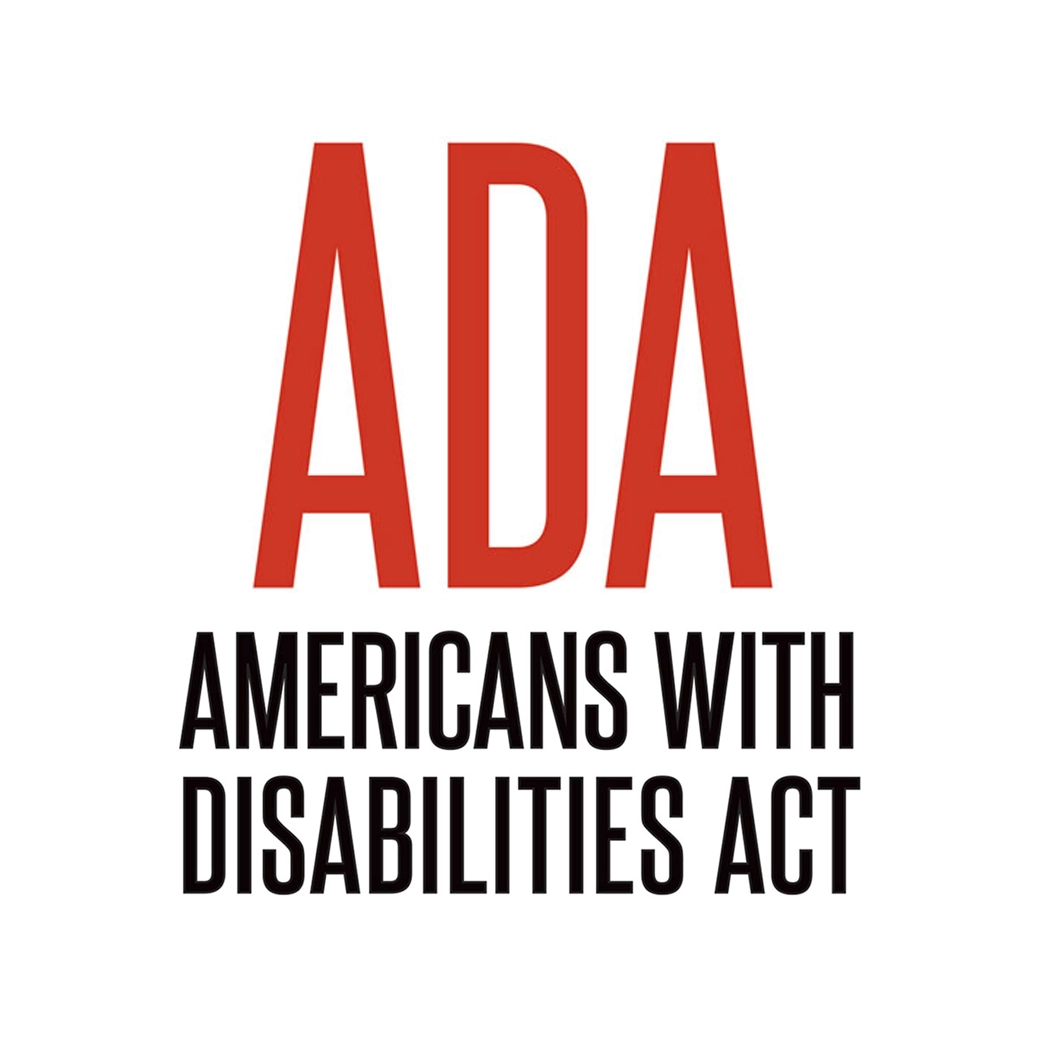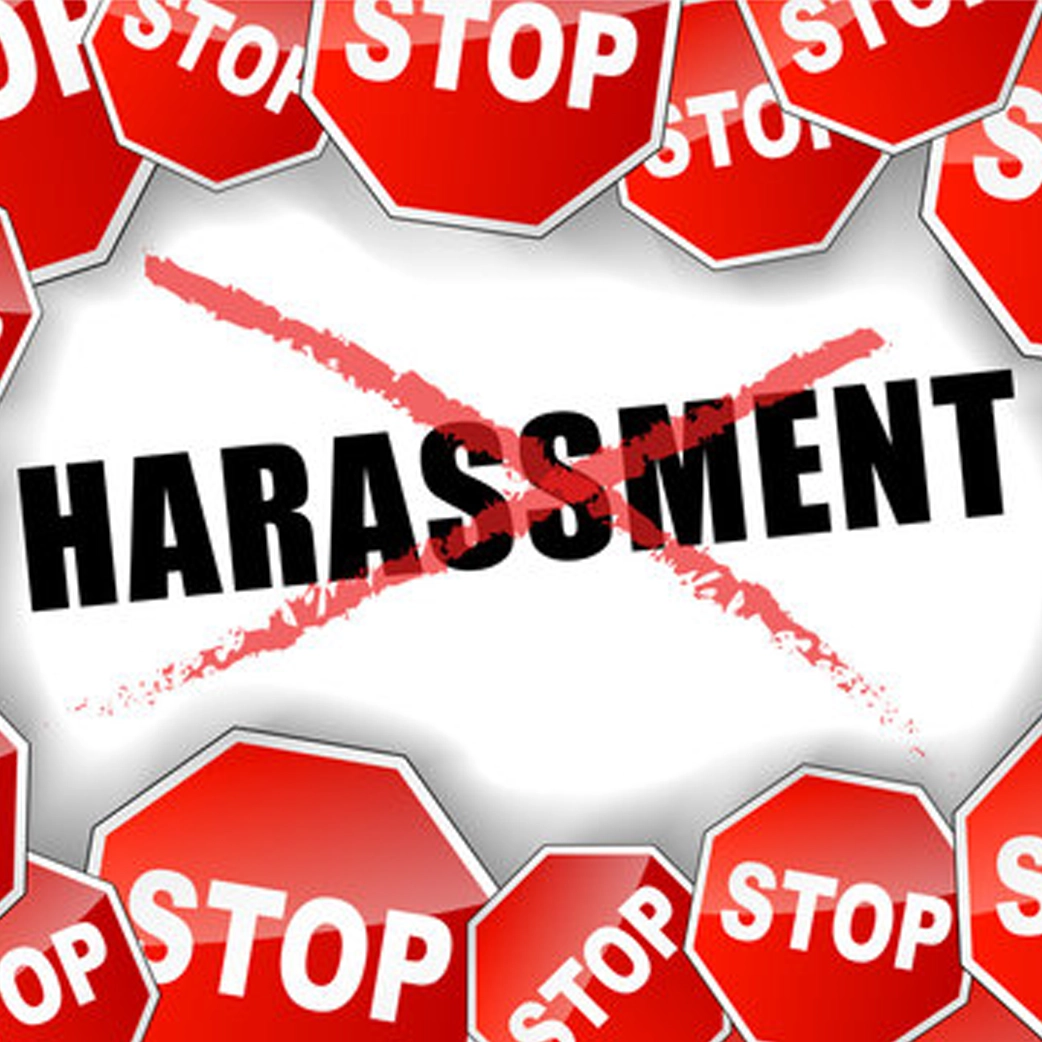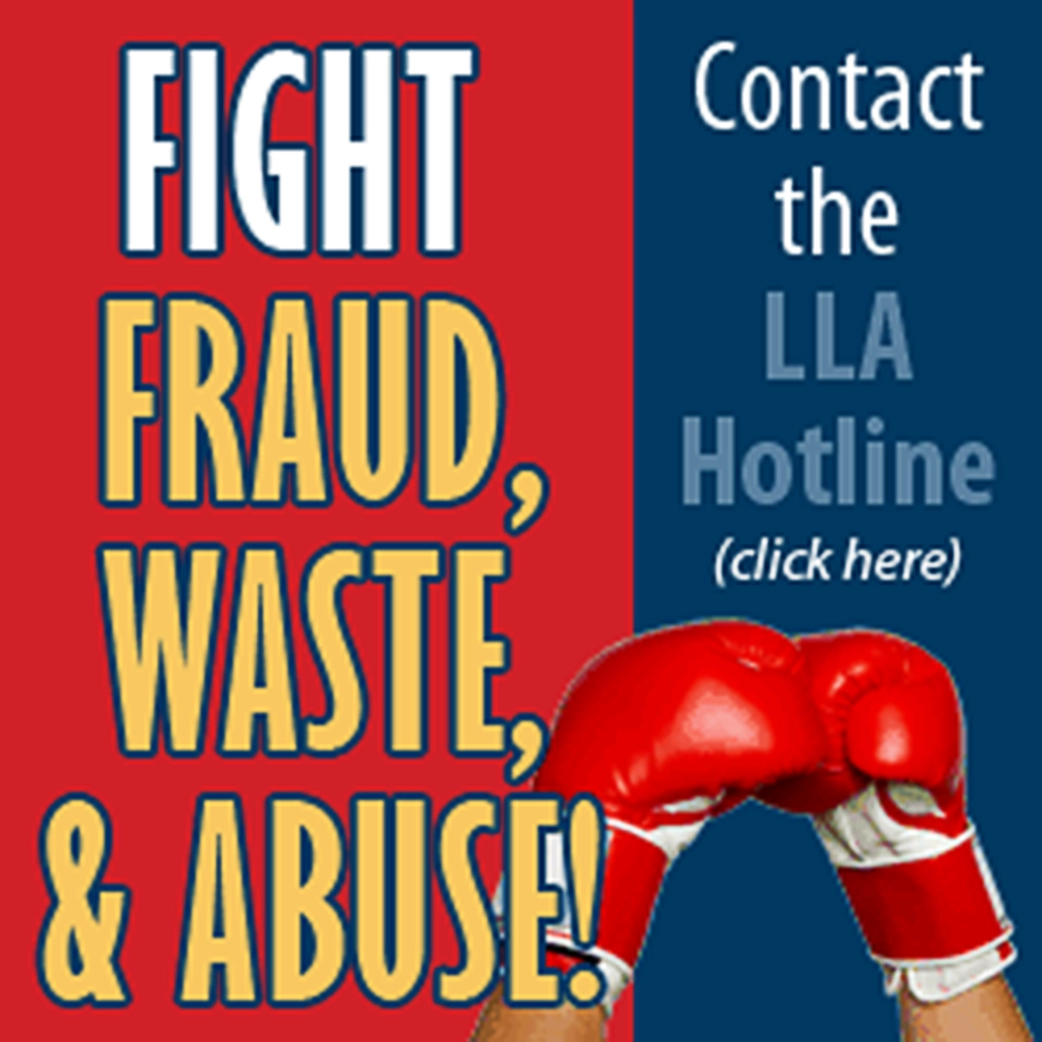How To Be Prepared
Read below for tips and ideas on how you, your family, and your business can be more prepared.
Preparing Your Business For Disasters
In this episode of The Ripple Podcast, Dawson Primes, Director of Homeland Security and Emergency Management for Tangipahoa Parish, discusses how businesses can be better prepared for disasters. Click the player below to listen or follow this link for more information.
Hurricane Prep Checklist
The Atlantic Hurricane Season runs from June 1st through November 30th. During that time, you must watch for storm alerts and be ready to follow your emergency plan before and after the hurricane.
Follow this link for more information.
Evacuation Routes
If a hurricane heads toward Tangipahoa Parish, you may need to evacuate quickly. It’s essential to be prepared to leave at a moment’s notice before the hurricane season arrives.
Follow this link to learn more about our evacuation routes.
Boiling Water
When a boil water advisory is called for, Tangipahoa Parish recommends that all consumers disinfect their water before consuming it, making ice, brushing their teeth, or using it for food preparation or rinsing of foods by doing the following:
Follow this link for step-by-step instructions on how to boil water during a Boil Advisory.
Building An Emergency Kit
In an emergency, your household must have enough food, water, and other supplies to last several days. To ensure you have all you need, follow this link here.
Infant And Young Child Feeding In Emergencies (IYCF-E) Toolkit
Natural disasters, such as hurricanes, floods, wildfires, earthquakes, and tornados, can make it difficult for parents or caregivers to feed their infants and young children safely and appropriately.
With this toolkit, CDC’s Division of Nutrition, Physical Activity, and Obesity (DNPAO) provides information and resources for emergency preparedness and response personnel, families, and the public to ensure that children are fed safely when disaster strikes.
The toolkit contains:
- Information, resources, and tools for states, communities, programs and emergency preparedness and response personnel on how to best support families and provide optimal nutrition to infants and young children during emergencies.
- Printable handouts that can be used with or given to families.
- Information for families and caregivers on common questions and how to be prepared to feed infants and young children during emergencies.
- Information for the public on donations during emergencies.
Click this link to download the entire IYCF-E Toolkit.
